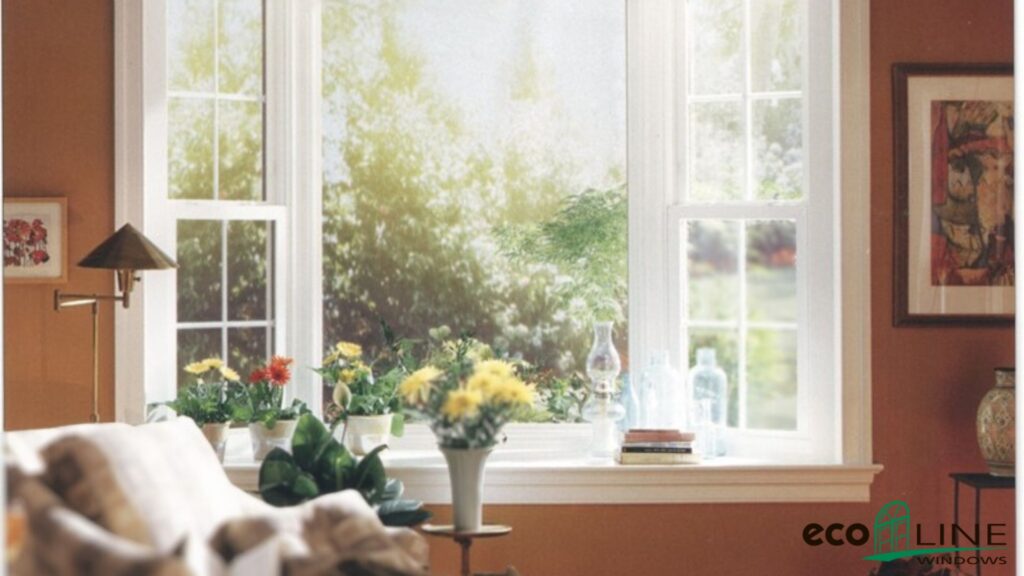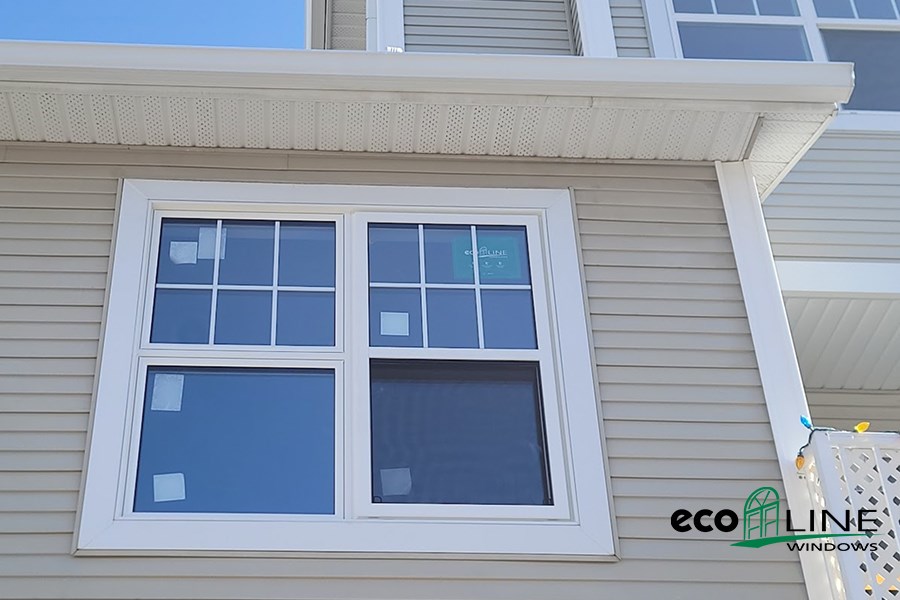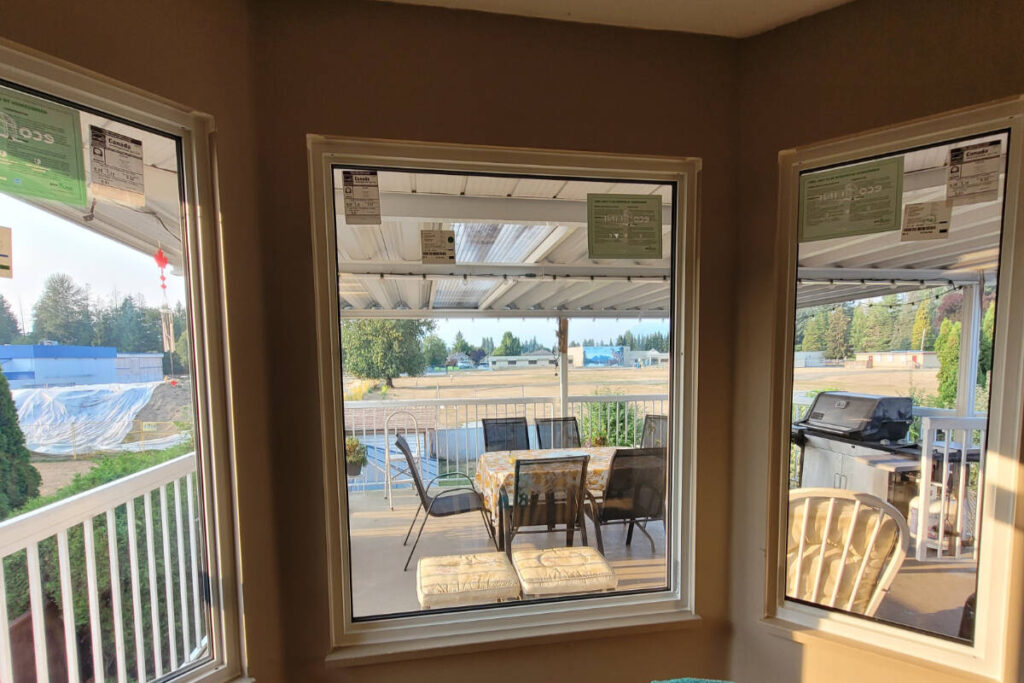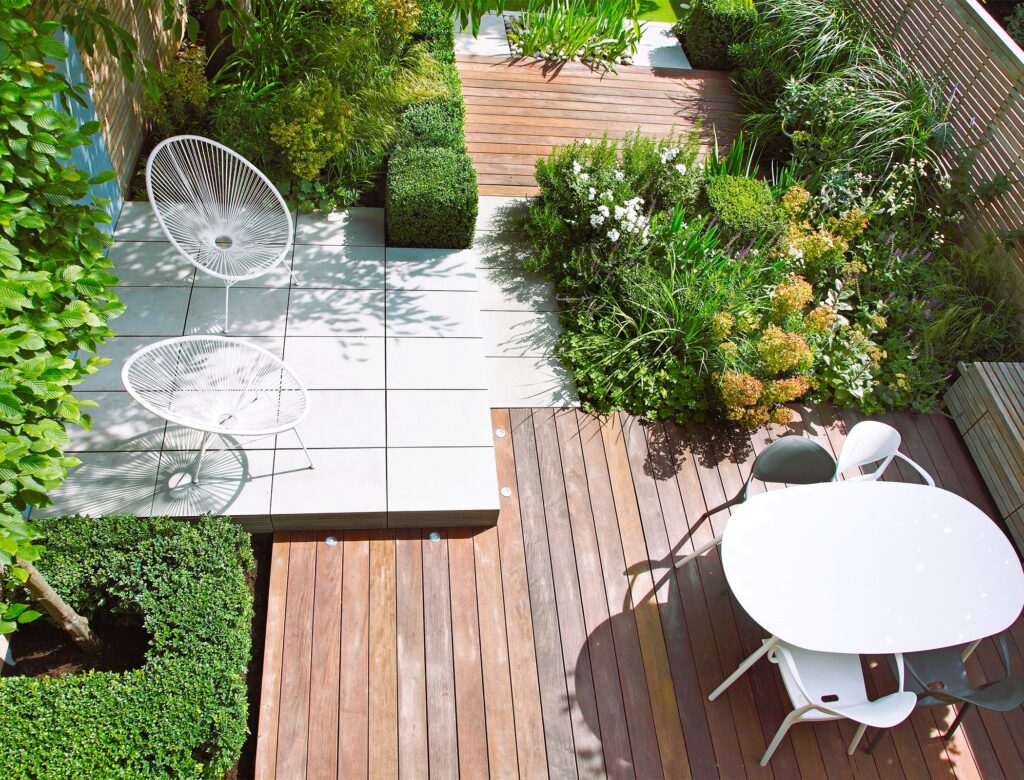
Your yard is an extension of your living space, offering a canvas for outdoor activities, relaxation, and aesthetic expression. Whether you have a sprawling lawn or a compact urban garden, thoughtful yard layout and design can make a significant difference in how you use and enjoy this outdoor space. In this article, we’ll explore the art of yard layout, providing insights and ideas to help you optimize space and functionality in your yard.
1. Define Your Goals
Before you start planning your yard layout, take some time to define your goals and priorities. Consider what you want to achieve with your outdoor space. Common goals include:
- Creating a beautiful garden.
- Providing space for outdoor dining and entertaining.
- Designing a play area for children.
- Establishing a serene retreat for relaxation.
- Incorporating sustainable landscaping practices.
2. Assess Your Space
Take a close look at your yard’s size, shape, and features. Identify any existing trees, structures, or natural elements that you want to incorporate into your design. Understanding your space’s limitations and assets is essential for a successful layout.
3. Create Functional Zones
Divide your yard into functional zones based on your goals. For example, you might have distinct zones for:
- Dining and cooking.
- Lounge and seating areas.
- Play and recreation.
- Gardening and planting beds.
- Utility or storage areas.
Clearly defining these zones helps organize your space and ensures it serves multiple purposes efficiently.
4. Plan for Flow and Accessibility
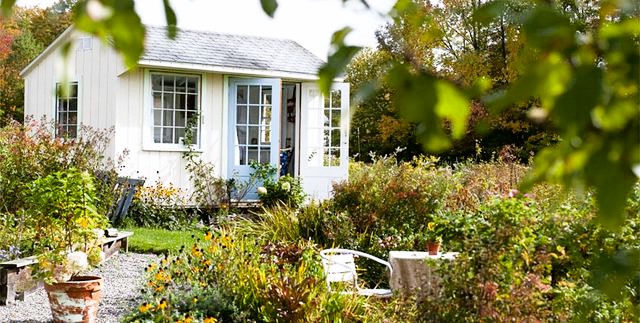
Consider how you and your guests will move through your yard. Create pathways and walkways that connect different zones and provide easy access. Well-placed paths improve flow and prevent trampling on sensitive garden areas.
5. Choose Outdoor Furniture Wisely
Select outdoor furniture that suits your lifestyle and needs. Comfortable seating, dining sets, and lounge chairs can transform your yard into an inviting and functional space. Choose materials that withstand your local climate.
6. Embrace Vertical Space
Maximize space by utilizing vertical elements such as trellises, arbors, and vertical gardens. These features not only add visual interest but also make efficient use of limited ground space. For professional tips on caring for trees and shrubs in your yard, read the link.
7. Incorporate Shade and Shelter
Shade is essential for comfort during hot summer days. Options include umbrellas, pergolas, shade sails, and trees. If you want to extend your outdoor season, consider adding a fire pit or outdoor heater for cooler evenings.
8. Prioritize Plant Selection
Plants play a significant role in yard layout. Choose plants that align with your design goals, local climate, and maintenance preferences. Native and drought-resistant plants can save water and reduce maintenance.
9. Add Lighting
Outdoor lighting extends the usability of your yard into the evening hours. Use a combination of path lights, spotlights, and decorative fixtures to create ambiance and enhance safety.
10. Consider Sustainability
Incorporate sustainable practices into your yard layout. Rain barrels, compost bins, and native plantings are eco-friendly choices that can reduce your environmental impact.
11. Plan for Maintenance
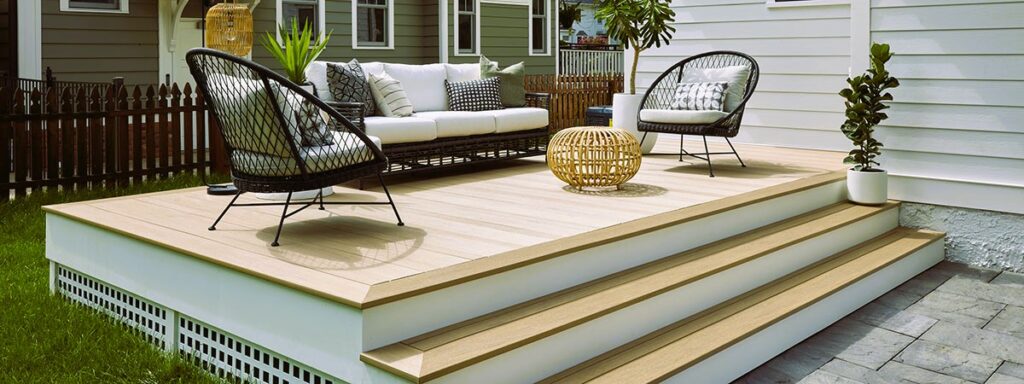
While designing your yard, consider the level of maintenance you’re willing to commit to. Low-maintenance landscaping can save time and effort, making your outdoor space more enjoyable.
12. Seek Inspiration
Browse magazines, websites, and local gardens for inspiration. Collect ideas and images that resonate with your vision, and adapt them to fit your yard’s unique characteristics.
13. Consult Professionals
For complex yard layout projects or if you’re unsure about design principles, consider consulting with a landscape architect or designer. They can provide expert guidance and help bring your vision to life.
Conclusion
A well-thought-out yard layout can transform your outdoor space into a functional, beautiful, and enjoyable area for your family and guests. By defining your goals, assessing your space, and incorporating thoughtful design elements, you can create a yard that meets your needs and enhances your lifestyle.
For more information on yard layout and landscaping, you can visit Wikipedia’s website. These sources offer valuable insights and guidelines for optimizing space and functionality in your yard while considering local environmental factors and regulations.

